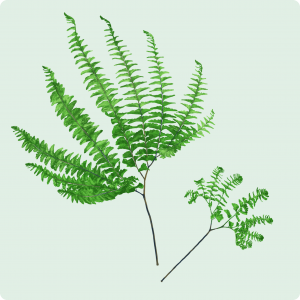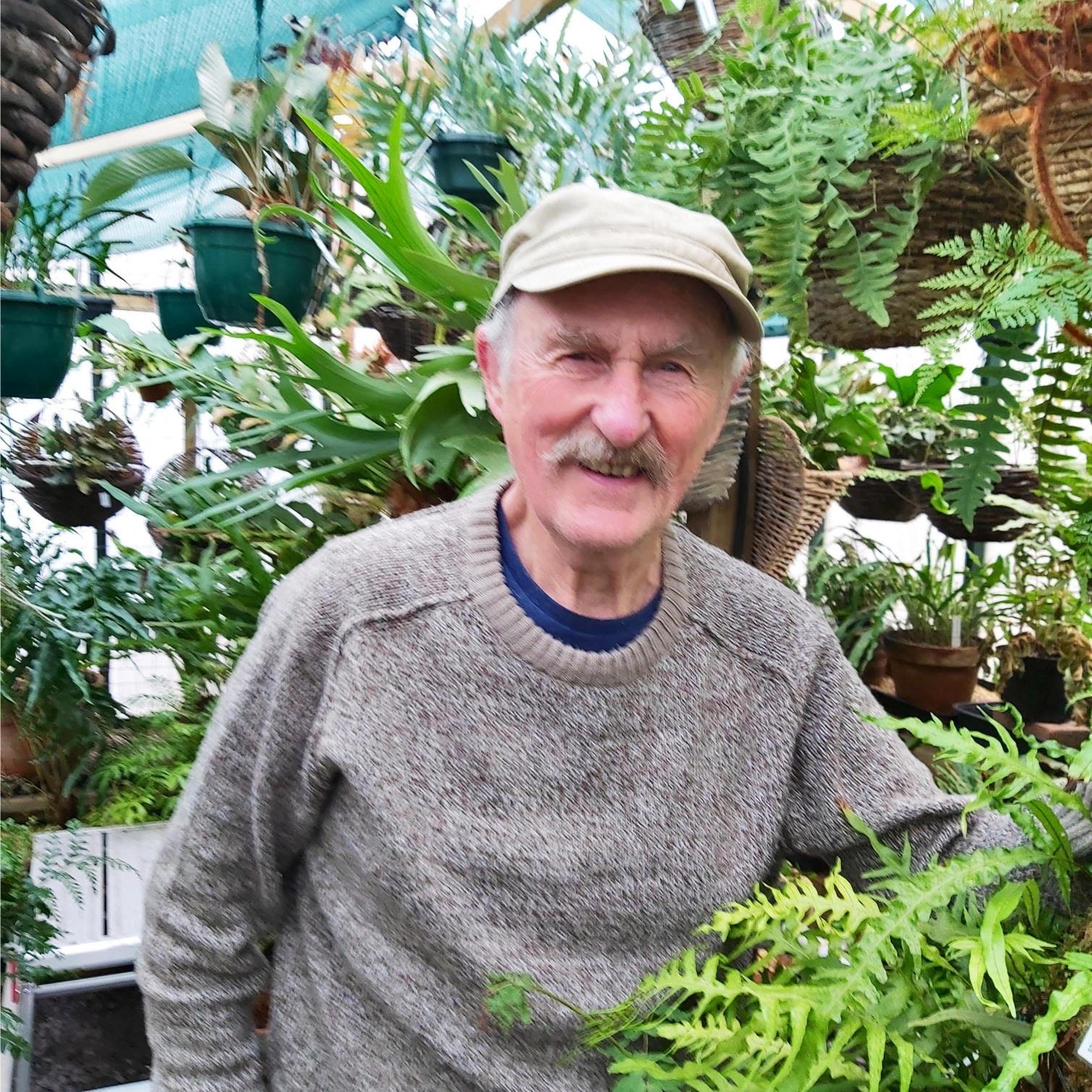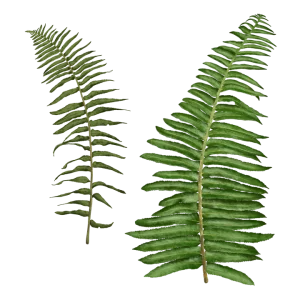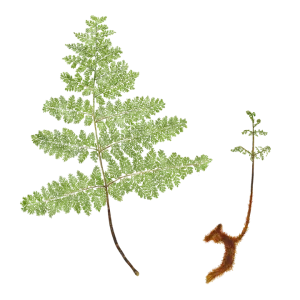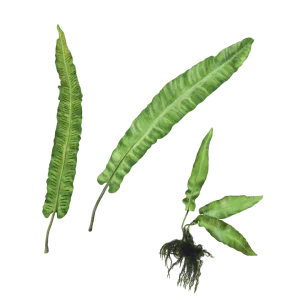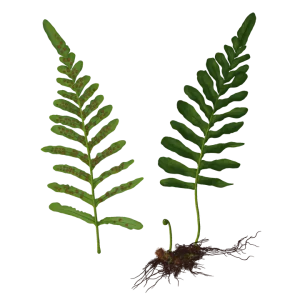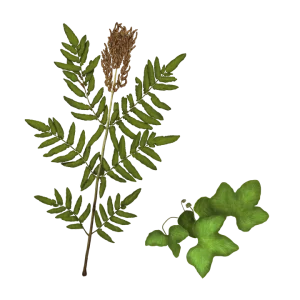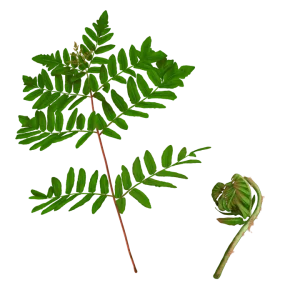Adiantum pedatum – In time, with good moist compost and filtered light this fern will form a lush clump gradually spreading its welcome wands of foliage.
SUBSTRATE & WATERING
For pot cultivation: A mix of 75% peat and 25% perlite works well but straight peat, coco-peat or a combination of both is possible. This is necessary because fern roots need plenty of air in the substrate to create a good root system. Excess water must also be able to drain away easily. The initial EC of the mix:0.5- 0.8 (for example a standard pre-mix) PH : 5.0-6.0. In open ground woodland compost is an ideal substrate along with regular water, good drainage and light shade.
The best selection for cultivation in zone 3!
This species is difficult to grow in arid climates. But where happy, adiantum can spread by rhizomes to form large colonies, a lovely and delicate groundcover for part to full shade where soil is rich and summer water is plentiful. The species can be grown indoors as well, and also as a patio plant tolerating low light. This fern look nice next to blue-margined hostas or a dogwood.
A truly distinctive fern with the ladyfingers.
This plant is clearly one of the most ornamental options for cultivation in zone 3. This native fern, with its black stems fork in half with 3-5 finger-like divisions, each with their own soft, somewhat frilly apple-green leaflets
extending in a horseshoe, thrives in a humus rich evenly moist soil, with good winter drainage. Although deciduous and depending on Mother Nature’s whims, it can hold its fronds into late fall, so you can enjoy it for a long time


